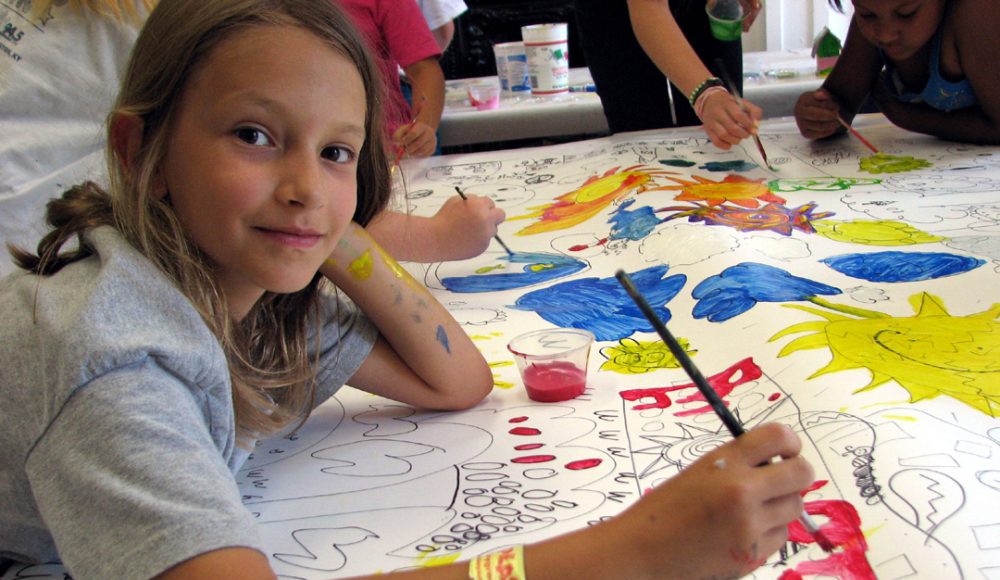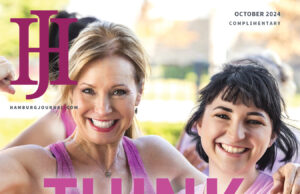BY ELIZABETH ADAMS
Children treated in the pediatric intensive care unit (PICU) at Kentucky Children’s Hospital are bombarded with scary sights, sounds and feelings.
“We use lots of scary things, and they go through scary procedures,” Emily Turner, a nurse in the PICU, said. “Usually they are very sick while they are here.”
But the welcoming grins of cartoon characters, a pleasant barnyard scene and sparkling princess carriages are happy and comforting images for children in the busy, intense PICU environment. Paintings of friendly childhood characters, figures and scenes adorn windows to seven patient rooms in the PICU. The colorful paintings provided by a group of UK art education students brighten the atmosphere for children and families going through a difficult time, as well as the nursing staff that cares for patients in critical situations.
“We just want it to be kid-friendly, appropriate, and to make them feel a little more joyous,” Turner said.
The UK Art Education Student Chapter (AESC), a student organization that prepares its members for careers in art education, volunteered their time and artistic talents to paint child-friendly scenes and characters on the glass windows. The UK chapter is led by faculty adviser Beth Mosher Ettensohn. Turner, a member of the Culture Council at Kentucky Children’s Hospital, and fellow nurses in the PICU took personal time to paint the windows last year. After convening with the Culture Council this summer, Turner reached out to students in the School of Art and Visual Studies requesting help with painting the PICU windows. The students started painting the windows in November and will continue to maintain the paintings throughout 2015.
Contributing art to the PICU was especially meaningful to Ettensohn, whose son fought and survived a rare form of cancer in 1998. Ettensohn recalls long stays in intensive care units, both at Kentucky Children’s Hospital and Vanderbilt University Medical Center. Ettensohn valued the support and encouragement of the KCH nursing staff who worked with her son.
“You could tell they were working as a team and every person cared about who they were treating,” Ettensohn said of the nurses. “They would take that extra step to help families manage the insanity that comes with caregiving a critically ill child.”
As the family member of a patient, the art professor appreciated seeing vitality and variety in hospital décor. She believes a positive visual environment is essential to everyone’s health.
“What we see has a profound effect on what we do, how we feel, and who we are. An engaging visual environment is essential to our health,” Ettensohn said.
Ashley Worley, the vice president of the AESC, has noticed family members of patients looking over her shoulder as she paints. She said painting one scene on a window could take as long as two or three hours. Engaging future art educators in community service is part of the AESC’s mission. Worley, who plans to become an art teacher, feels gratified sharing her artwork with families and medical workers in a challenging and sometimes dreary environment.
“The children are really sick, so even if one painting can make a child smile, then that makes a difference,” Worley said.












